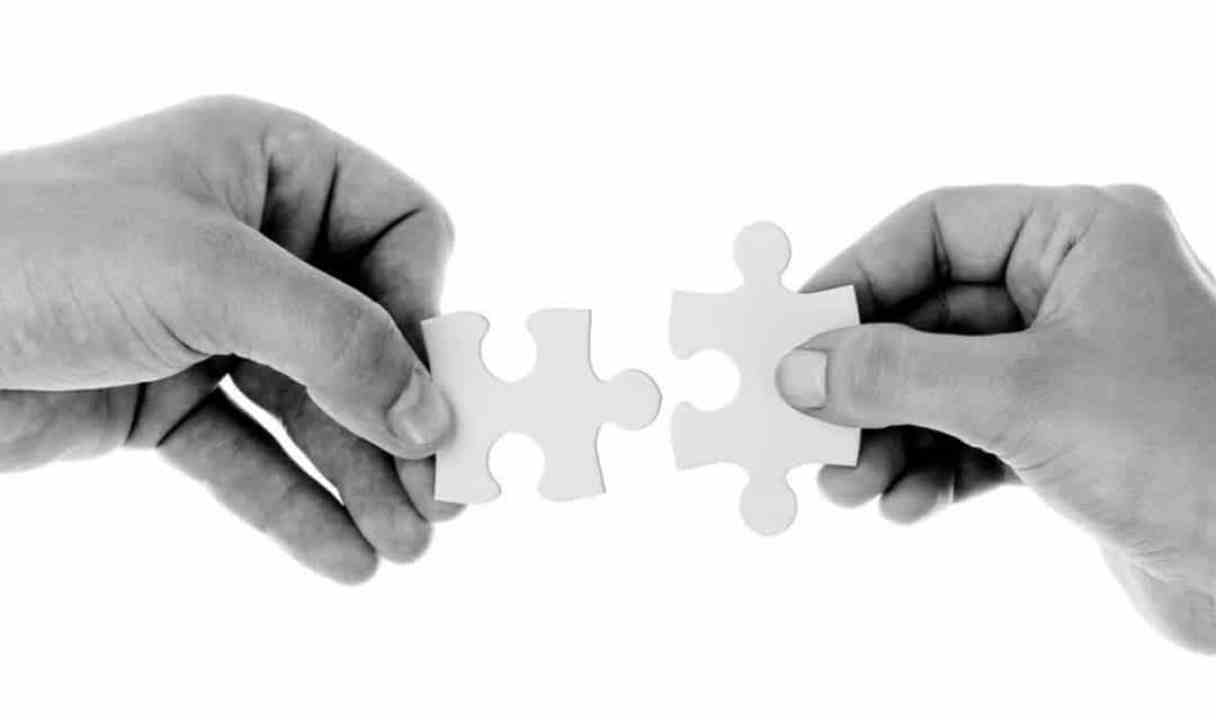
THE NEED TO SHARE: THE PERFECT PROMISE OF UNITY
In last week’s issue of The Visual Thinker, I discussed the first of the two questions that drive a visual workplace: “What do I need to know—that I don’t know right now in order to do my work?” In workplace visuality, the individual answers that question and then turns the answer into a visual device. In that way, the answer is permanently a part of the landscape of work—because it is physically imbedded. That also means that that visual answer is available to anyone and everyone who needs it; they simply pull the answer to them from the device itself. In this way they gain control of their corner of the world.
This week, we focus on the second driving question. But first, let me make one thing perfectly clear: the two driving questions are not used on the value-add level only. It is not just operators that build visual performance by applying those questions. Everyone does. From operators to CEO, from engineer to supervisor, from marketing to field rep, from purchasing to planning. In a fully implemented visual workplace, employees across all functions create visual devices that allow their actual work to speak—through benches, tools, boardroom furniture, floors and hallways, computers and iPhones.
I-driven visuality gives a voice to the inanimate objects of our everyday work—and that voice is ours. In a very real and functional sense, the inanimate things of our work become ![]() acti
acti
ve and very smart partners of our work. We let the workplace speak through visuality.
As you read through last week’s article, did you find yourself thinking: “I” “I” “I”—that sounds pretty selfish
. Where do other people fit in? What about teams? What about “we?”
Good point. But don’t worry. The “we” in a visual workplace comes powerfully into play with the second question that drives workplace visuality: “What do I need to share?” That is:
What do I know that others need to know that I need to share in order for them to do their work—or in order for them to do it safer, better, faster or at less cost? What information do I need to share?
Notice this second question is still formed around the “I.” It is still I-Driven. But instead of you driving the question, this time you respond to it. The second question drives you. Where? To the next level of visuality in your area, triggered by the needs of others. Your focus—which was squarely on yourself in question one—is now turned outwards to others. “How may I help you?” is another way to say this.
At the heart of this second question is the recognition that each of us has knowledge and know-how that other people need in order to do their own work safer, better, faster—whether those other people are co-workers, a supervisor or manager, internal or external suppliers or customers. They are all customers of the information you know. We are all on the same team, each with knowledge and know-how that could help someone else. This is a core visual workplace principle.
![]() In the process of attaining control through the need-to-know, we also gain a sense of self-sufficiency and command over our local situation. Winning that margin, we begin to master day to-day work. Struggle begins to subside and we find some leeway—a new ease. In that ease, we turn to others and quite literally say: “How may I help you? What do I need to share?” In that moment, visuality shifts from an individual to a collaborative process, even as the individual continues to retain his/her individuality—the “I.”
In the process of attaining control through the need-to-know, we also gain a sense of self-sufficiency and command over our local situation. Winning that margin, we begin to master day to-day work. Struggle begins to subside and we find some leeway—a new ease. In that ease, we turn to others and quite literally say: “How may I help you? What do I need to share?” In that moment, visuality shifts from an individual to a collaborative process, even as the individual continues to retain his/her individuality—the “I.”
The need-to-share offers a fresh perspective on information, this time as a connecting condition in the enterprise. Though the knowledge content of visuality’s second driving question is no less critical, its emphasis on sharing as a way of working promises commercial success as forcefully as it speaks to cultural alignment. In a word, the need-to-share creates the perfect promise of unity—answering our deepest desire to contribute, to serve, and to be part of something greater.




